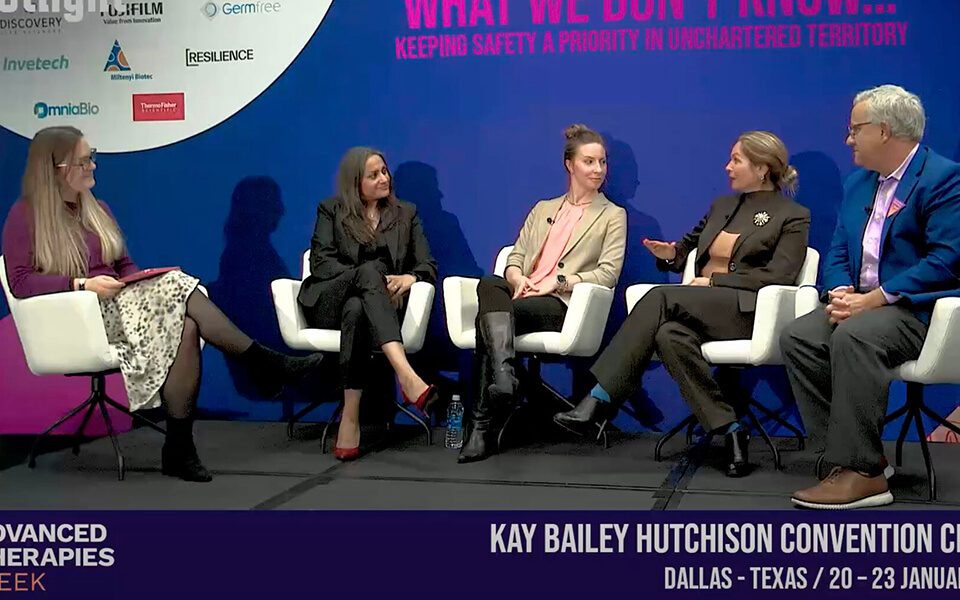Cell and gene therapy (CGT) represents a revolutionary frontier in medicine, offering the potential to cure previously untreatable diseases. However, the very nature of these therapies presents unique challenges, particularly in inventory management. Front-line workers in CGT labs – the technicians, scientists, and researchers – are at the forefront of these challenges, grappling with complex demands and time-sensitive materials. This article delves into the top inventory hurdles faced by these essential workers and explores practical strategies to overcome them.
The Unique Inventory Demands of CGT Labs
Unlike traditional pharmaceuticals, CGT products are often personalized, and derived from a patient’s own cells or genetic material. This introduces a level of complexity and urgency that demands meticulous inventory management. Key challenges include:
- Short Shelf-lives: Many CGT products have limited shelf lives, sometimes measured in mere hours. This necessitates precise timing and coordination to ensure that therapies are manufactured, transported, and administered within the critical window of efficacy.
- Complex Storage Requirements: CGT products often require specialized storage conditions, such as cryopreservation at ultra-low temperatures or controlled-rate freezing. Maintaining these conditions is crucial to preserve product viability and therapeutic potential.
- Strict Traceability: Due to the personalized nature of CGT, rigorous tracking and documentation are essential throughout the entire chain of custody. This ensures patient safety, facilitates quality control, and supports regulatory compliance.
Pain Points for Front-Line Workers
These unique inventory demands create significant pain points for front-line workers, impacting their daily workflow and potentially hindering the delivery of life-saving therapies. Common challenges include:
- Time Pressure: The short shelf lives of CGT products create immense time pressure. Any delays or inefficiencies in inventory management can have serious consequences, potentially rendering a therapy unusable.
- Manual Processes: Reliance on manual inventory tracking, such as spreadsheets or paper records, is time-consuming, error-prone, and inefficient. It can lead to discrepancies, stockouts, and wasted resources.
- Communication Gaps: Effective communication is crucial in CGT, where multiple teams and stakeholders are involved in the process. Breakdowns in communication can lead to delays, errors, and misaligned priorities.
- Supply Chain Logistics: The complex logistics of sourcing, transporting, and storing CGT products can be challenging, especially given the need for specialized equipment and expertise.
- Supply Shortages: The CGT field is relatively new, and supply chains are still developing. This can lead to shortages of critical materials, further complicating inventory management.
Solutions and Strategies
Fortunately, some solutions and strategies can help CGT labs overcome these inventory challenges and empower front-line workers to focus on their critical work.
- Technology Adoption: Implementing specialized inventory management software designed for CGT can automate tasks, improve accuracy, and enhance visibility across the supply chain. Features like real-time tracking, automated alerts, and chain-of-custody documentation can significantly reduce manual effort and minimize errors.
- Process Optimization: Streamlining workflows, standardizing procedures, and implementing lean inventory principles can help improve efficiency and reduce waste. This might involve optimizing storage layouts, implementing just-in-time ordering, or adopting a first-in, first-out approach to inventory management.
- Enhanced Communication: Establishing clear communication channels and protocols between teams and stakeholders is vital. This can be facilitated by using shared platforms, regular meetings, and clear documentation.
- Collaboration with Suppliers: Building strong relationships with suppliers and establishing clear service level agreements can help ensure timely delivery and mitigate the risk of shortages.
- Training and Empowerment: Investing in training and development for front-line workers is crucial. This equips them with the knowledge and skills to effectively manage CGT inventory, utilize technology, and adhere to best practices.
By embracing these solutions, CGT labs can overcome inventory challenges, improve efficiency, and ultimately, contribute to the successful development and delivery of these groundbreaking therapies. Empowered front-line workers, equipped with the right tools and knowledge, can focus on their critical role in advancing this exciting field and improving patient lives.







